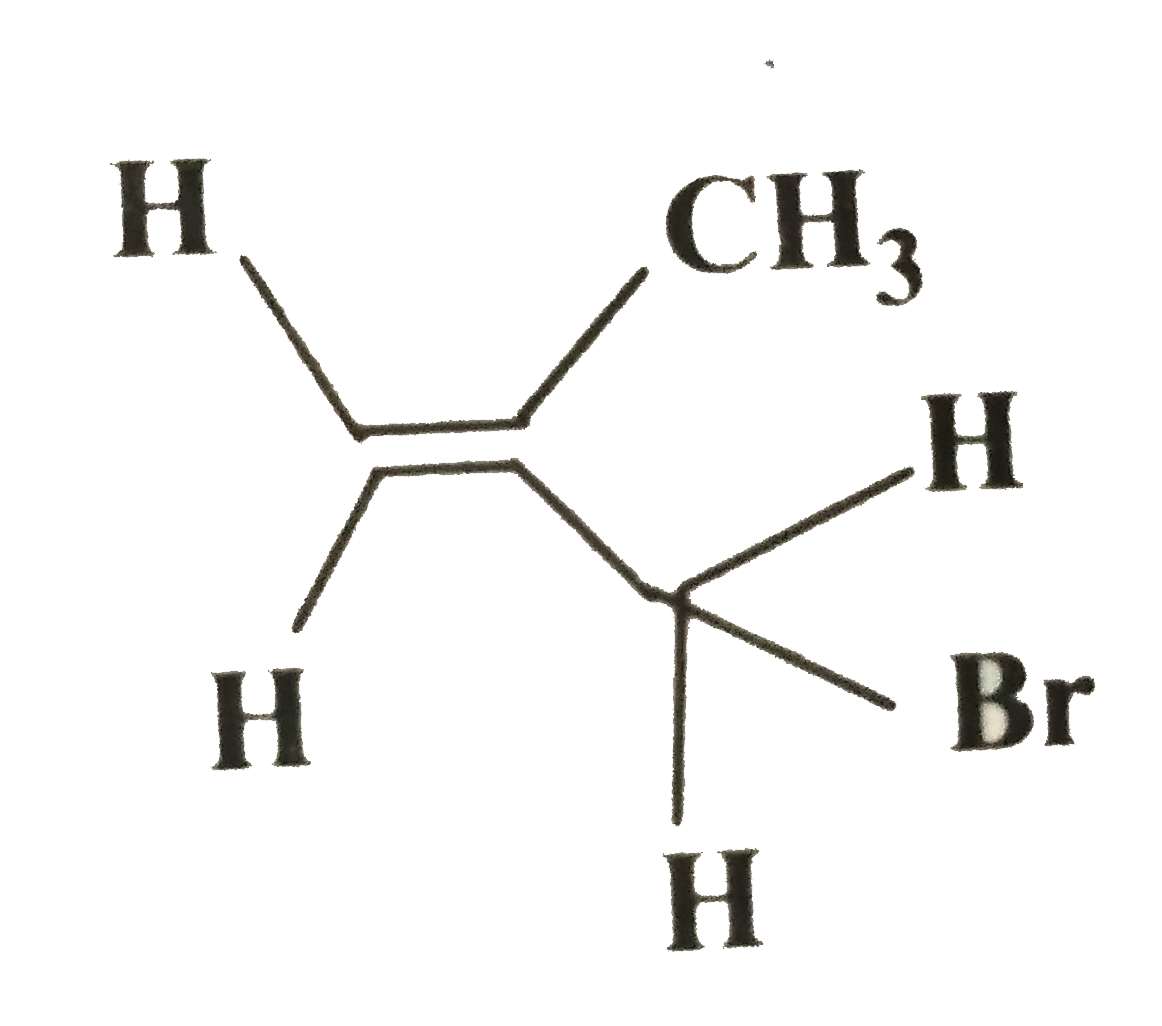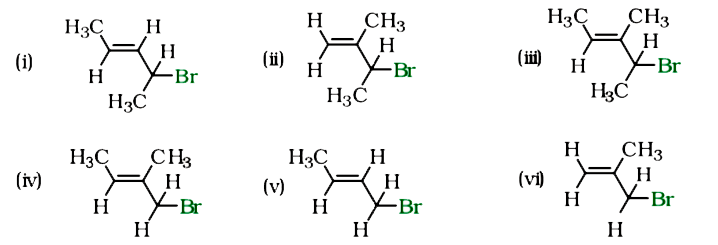Write the IUPAC names of the following complexes :
[Co(en)2Cl2]
To write the IUPAC name of the complex (Co(en)₂Cl₂), we will follow these steps:
Step 1: Identify the ligands
The complex contains two types of ligands:
- Ethylenediamine (en), which is a bidentate ligand.
- Chloride ions (Cl).
Step 2: Count the number of each ligand
- There are two ethylenediamine ligands (en).
- There are two chloride ligands (Cl).
Step 3: Name the ligands
- For the two chloride ions, we use the prefix "dichloro".
- For the two ethylenediamine ligands, since it is a bidentate ligand, we use the prefix "bis" before the ligand name. The name of the ligand is "ethylenediamine".
Step 4: Determine the oxidation state of the central metal
Let the oxidation state of cobalt (Co) be \( x \).
- Ethylenediamine (en) is neutral, contributing 0.
- Each chloride ion (Cl) has a charge of -1, and there are 2 chloride ions contributing -2.
The overall charge of the complex is neutral (0), so we can set up the equation:
\( x + 0 + (-2) = 0 \)
\( x - 2 = 0 \)
\( x = +2 \)
Thus, the oxidation state of cobalt is +2.
Step 5: Combine the names and oxidation state
Now, we can put together the names of the ligands and the oxidation state of cobalt:
- The ligands are named in alphabetical order, so we write "bis(ethylenediamine)" before "dichloro".
- The oxidation state of cobalt is indicated in Roman numerals in parentheses.
Final IUPAC Name
Putting it all together, the IUPAC name of the complex (Co(en)₂Cl₂) is:
dichlorobis(ethylenediamine)cobalt(II).
---
The complex contains two types of ligands:
- Ethylenediamine (en), which is a bidentate ligand.
- Chloride ions (Cl).
- There are two ethylenediamine ligands (en).
- There are two chloride ligands (Cl).
- For the two chloride ions, we use the prefix "dichloro".
- For the two ethylenediamine ligands, since it is a bidentate ligand, we use the prefix "bis" before the ligand name. The name of the ligand is "ethylenediamine".
Let the oxidation state of cobalt (Co) be \( x \).
- Ethylenediamine (en) is neutral, contributing 0.
- Each chloride ion (Cl) has a charge of -1, and there are 2 chloride ions contributing -2.
\( x + 0 + (-2) = 0 \)
\( x - 2 = 0 \)
\( x = +2 \)
Now, we can put together the names of the ligands and the oxidation state of cobalt:
- The ligands are named in alphabetical order, so we write "bis(ethylenediamine)" before "dichloro".
- The oxidation state of cobalt is indicated in Roman numerals in parentheses.
Putting it all together, the IUPAC name of the complex (Co(en)₂Cl₂) is:
dichlorobis(ethylenediamine)cobalt(II).
Similar Questions
Write the IUPAC name of the following :
 View Solution
View SolutionWrite IUPAC names of the following:
 View Solution
View SolutionWrite IUPAC name of the following:
 View Solution
View SolutionWrite the IUPAC names of the following complexes :
K3[Al(C2O4)3]View Solution(i) Write down the IUPAC name of the following complex :
[Co(NH3)5Cl]2+
(ii) Write the formula for the following complex : Potassium tetrachloridonickelate (II).View SolutionWrite IUPAC name of the following complex : [Co(NH3)6]3+
View SolutionGive the IUPAC names of the following compounds :
(i) [Co(NH3)4(H2O)Cl]CL2
(ii) [CrCl2(en)2]ClView Solution(i) What type of isomerism is shown by complex [Co(en)3]Cl3?
(ii) Write the hybridisation and magnetic character of [Co(C2O4)3]3−. (At.no. of Co = 27)
(iii) Write IUPAC name of the following Complex [Cr(NH3)3Cl3]View SolutionGive the IUPAC names of the following compound [Co(NH3)4Cl(NO2)]NO3
View SolutionWrite the IUPAC name of the following compound :
CH2=CHCH2BrView Solution

